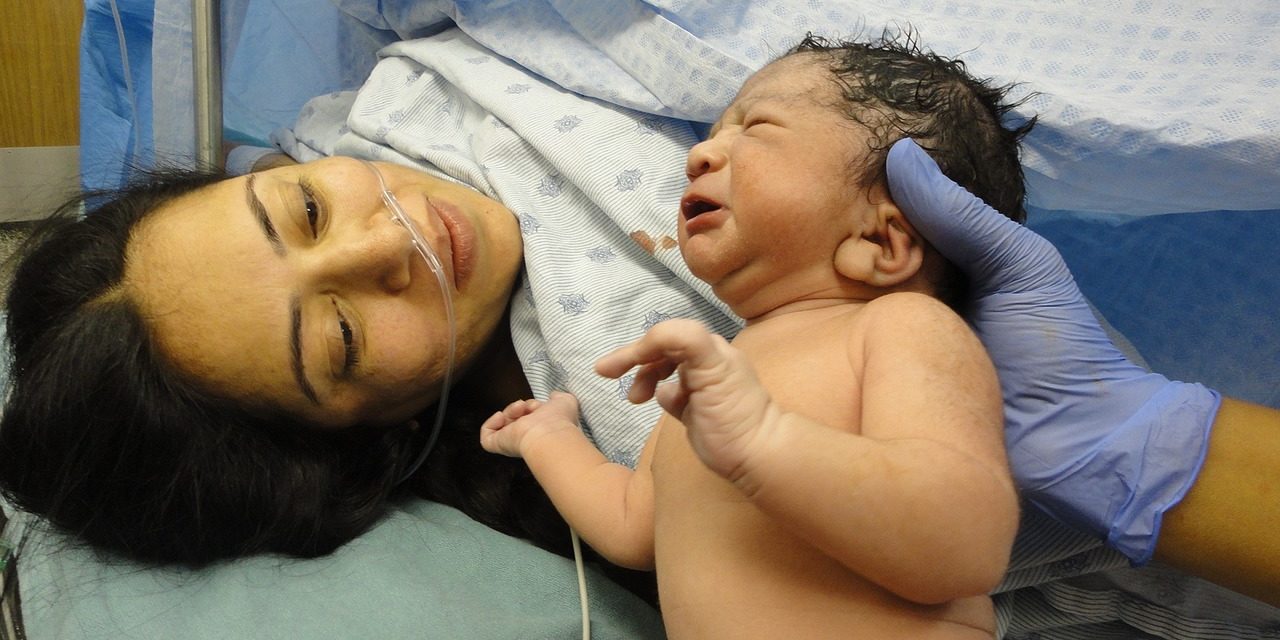2021’s Best & Worst States to Have a Baby.
With the average birth costing around $4,500 for mothers with insurance, the personal-finance website WalletHub today released its report on 2021’s Best & Worst States to Have a Baby.
To determine the most ideal places in the U.S. for parents and their newborns, WalletHub compared the 50 states and the District of Columbia across 31 key measures of cost, health care accessibility and baby-friendliness. The data set ranges from hospital conventional-delivery charges to annual average infant-care costs to pediatricians per capita.
Having a Baby in California (1=Best; 25=Avg.):
- 34th – Hospital Cesarean-Delivery Charges
- 33rd – Hospital Conventional-Delivery Charges
- 47th – Avg. Annual Cost of Early Child Care
- 4th – Infant Mortality Rate
- 11th – Rate of Low Birth-Weight
- 31st – Midwives & OB-GYNs per Capita
- 33rd – Pediatricians & Family Medicine Physicians per Capita
- 42nd – Child-Care Centers per Capita
- 6th – Parental-Leave Policy Score
- 13th – Positive COVID-19 Testing Rate in the Past Week
For the full report, click here.
Other key links that may be of interest:
Best & Worst States to Raise a Family
Best & Worst States for Children’s Health Care
Best & Worst States for Working Moms
Best & Worst States for Working Dads
Expert Commentary
Q: What can local authorities do to make their cities more baby-friendly?
A: “Local authorities can provide spaces in public areas to support breastfeeding and offer free, healthy meals for low-income families. They can also provide play areas in places frequented by parents (e.g., grocery stores, malls) to make necessary shopping trips easier on families. Providing high-quality, low-cost child-care options for working parents and flexible work accommodations and paid parental leave will also help support families with young children. Additionally, free, and accessible parent education and home visitation programs can strengthen parents’ knowledge on child development, promote positive parenting practices, and help prevent child abuse and neglect. Finally, offering support groups for new parents and child-friendly community events can help strengthen parents’ support systems and provide opportunities for their children to socialize.”
— Niyantri Ravindran, Ph.D. – Assistant Professor, Texas Tech University
A: “Local authorities do not have control over the policy or purse-strings like the federal government, but they still can have a great deal of say in how family-friendly their cities and towns are. This can include attention to school funding and quality; support, training opportunities, and high standards for child care providers; subsidies for parents to afford child care; running free or low-cost after-school and summer activities for children, including recreational sports and camps; making healthy meals for children more readily accessible and affordable; cutting back on red tape and co-locating assistance programs to make accessing services easier for families, and having safe and accessible green spaces for children to play.”
— Sarah Halpern-Meekin – Associate Professor, University of Wisconsin-Madison
Q: What measures can local authorities take to ensure the quality and safety of care for prospective mothers during the current crisis?
A: “Local authorities can support prospective parents by providing free, high-quality prenatal care that includes regular check-ups with a medical professional, access to resources about pregnancy, childbirth, and child-rearing, and financial support for medical expenses. Regular screenings for both physical and mental health problems and support services to help with these problems (e.g., free counseling) can help detect and support prospective parents at risk for postpartum depression, substance use, or anxiety. Further, special work accommodations may be needed for prospective parents in the current COVID-19 crisis, as they may experience the additional anxiety of falling sick when pregnant or being unable to have certain family members present with them due to travel or hospital restrictions.”
— Niyantri Ravindran, Ph.D. – Assistant Professor, Texas Tech University
Q: When planning to have a child, what financial considerations should be taken into account?
A: “While planning to have a child involves far more than just questions of dollars and cents, there are a variety of financial decisions people may consider. These include straightforward things like the income and assets of the parent(s), but they also include less obvious things. For example, does one or both parents have access to paid or unpaid parental leave? Will a parent or family member provide childcare, or will the family be taking on childcare expenses? Does a parent who will be pregnant have health insurance, can a parent add the child to their health insurance, or does the family need to seek insurance elsewhere? What kinds of benefits or tax deductions is the family eligible for, such as nutrition assistance through WIC or the Child Tax Credit?”
— Sarah Halpern-Meekin – Associate Professor, University of Wisconsin-Madison
Image Sources
- Newborn with Mom: Image by Sanjasy from Pixabay





![Enrolling Now, Rewarding Careers Ahead [Sponsored]](https://ukenreport.com/wp-content/uploads/2024/04/COD_heroes_1-1385-2-440x264.jpg)

